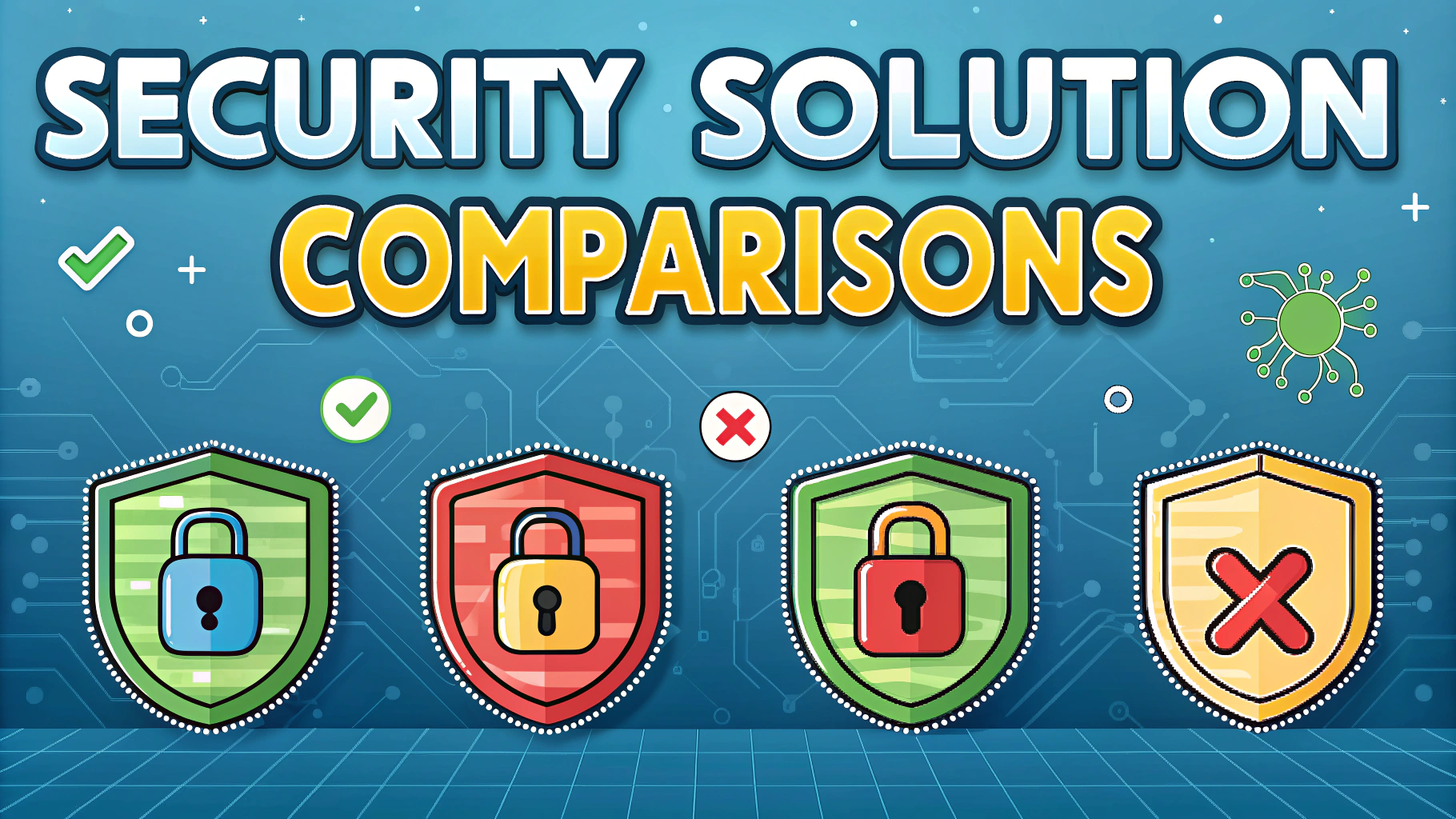Security solution testing helps organizations identify and fix vulnerabilities before malicious actors can exploit them.
Professional penetration testing services simulate real-world attacks to evaluate the effectiveness of existing security controls and defenses.
This guide explores the key aspects of penetration testing, including methodologies, tools, and how to choose the right solution for your needs.
Types of Penetration Testing
- Network Penetration Testing: Identifies vulnerabilities in network infrastructure
- Web Application Testing: Evaluates security of web-based applications
- Mobile App Testing: Assesses security of mobile applications
- Social Engineering: Tests human elements and security awareness
- Physical Security Testing: Evaluates physical access controls
Key Testing Methodologies
The OWASP Testing Guide provides a comprehensive framework for web application security testing.
NIST SP 800-115 offers guidelines for information security testing and assessment.
| Methodology | Best For |
|---|---|
| Black Box Testing | External threat simulation |
| White Box Testing | Internal security assessment |
| Grey Box Testing | Balanced evaluation |
Essential Testing Tools
- Nmap: Network discovery and security scanning
- Metasploit: Penetration testing framework
- Wireshark: Network protocol analyzer
- Burp Suite: Web application security testing
- Kali Linux: Security testing operating system
Selecting a Testing Provider
Look for providers certified in recognized standards like CEH, OSCP, or CREST.
Request sample reports and case studies from previous engagements.
Ensure the provider offers clear scope definition and rules of engagement.
Cost Considerations
- Small business testing: $4,000 – $15,000
- Medium enterprise testing: $15,000 – $50,000
- Large enterprise testing: $50,000+
Testing Frequency
| Organization Type | Recommended Frequency |
|---|---|
| Financial Services | Quarterly |
| Healthcare | Bi-annual |
| General Business | Annual |
Taking Action on Results
Prioritize findings based on risk level and potential impact.
Develop a remediation plan with clear timelines and responsibilities.
Schedule follow-up testing to verify fixes.
Next Steps for Better Security
- Document your security requirements and objectives
- Research and contact multiple testing providers
- Define clear scope and expectations
- Allocate budget for regular testing
- Prepare incident response procedures
Contact the CREST organization for accredited testing providers in your region.
Compliance Requirements
Different industries have specific testing requirements to maintain regulatory compliance:
- PCI DSS: Annual testing required for payment card processing
- HIPAA: Regular security evaluation for healthcare providers
- SOX: Internal control assessment for public companies
- GDPR: Data protection impact assessments
Common Testing Challenges
- Limited testing windows during production hours
- Complex infrastructure requiring specialized expertise
- Legacy systems with unknown vulnerabilities
- Cloud service provider restrictions
- Mobile device management constraints
Documentation Requirements
Pre-Testing Documentation
- Scope definition document
- Rules of engagement
- Emergency contact information
- System architecture diagrams
Post-Testing Documentation
- Executive summary
- Technical findings report
- Risk assessment matrix
- Remediation recommendations
Strengthening Your Security Posture
Regular penetration testing is just one component of a comprehensive security program.
Combine testing with continuous monitoring, employee training, and incident response planning.
Integrate findings into your overall risk management strategy to build long-term resilience.
- Maintain an up-to-date asset inventory
- Implement a vulnerability management program
- Conduct regular security awareness training
- Review and update security policies
- Establish metrics for measuring security improvements
FAQs
- What is penetration testing and why is it important for security solutions?
Penetration testing is a controlled cybersecurity assessment where authorized security professionals attempt to exploit vulnerabilities in systems, networks, and applications to evaluate their security posture. It’s crucial for identifying weaknesses before malicious actors can exploit them. - How does automated penetration testing compare to manual testing?
Automated testing uses specialized tools to quickly scan for known vulnerabilities, while manual testing involves human expertise to identify complex, context-specific vulnerabilities. Most effective security solutions combine both approaches for comprehensive coverage. - What are the different types of penetration testing methodologies?
The main types include black box (no prior knowledge), white box (full system information), and gray box testing (partial information). Each methodology serves different purposes and simulates different threat scenarios. - How often should organizations conduct penetration testing?
Organizations should conduct penetration tests at least annually, after significant infrastructure changes, following major system upgrades, or when required by compliance standards like PCI DSS. - What’s the difference between vulnerability scanning and penetration testing?
Vulnerability scanning identifies potential security weaknesses automatically, while penetration testing involves active exploitation attempts to validate vulnerabilities and determine their real-world impact. - How do cloud-based penetration testing solutions differ from traditional ones?
Cloud-based solutions focus on testing cloud infrastructure, APIs, and web services, requiring specific methodologies and tools designed for cloud environments, while traditional testing focuses on on-premises infrastructure. - What are the essential features to look for in penetration testing tools?
Key features include comprehensive scanning capabilities, exploit simulation, reporting functionality, compliance checking, integration capabilities, and regular updates to detect new vulnerabilities. - What compliance standards require penetration testing?
Several standards mandate penetration testing, including PCI DSS, HIPAA, ISO 27001, and SOC 2. Each standard has specific requirements regarding testing frequency and scope. - How should organizations prepare for a penetration test?
Organizations should define scope, objectives, and testing boundaries, backup critical data, inform relevant stakeholders, and ensure proper authorization and documentation are in place. - What are the most common vulnerabilities discovered during penetration testing?
Common findings include weak passwords, unpatched systems, misconfigured security settings, injection flaws, cross-site scripting vulnerabilities, and insufficient access controls.








